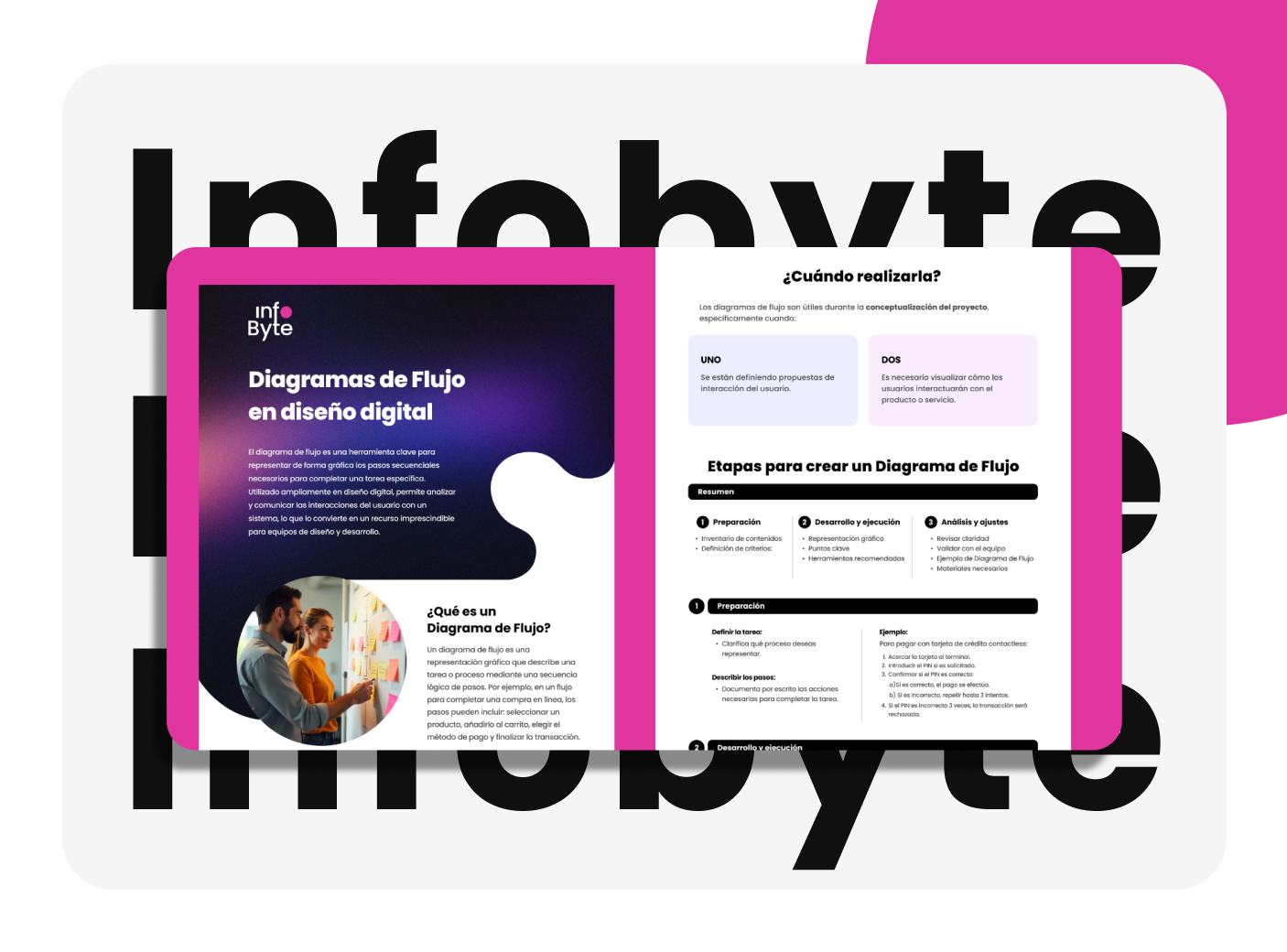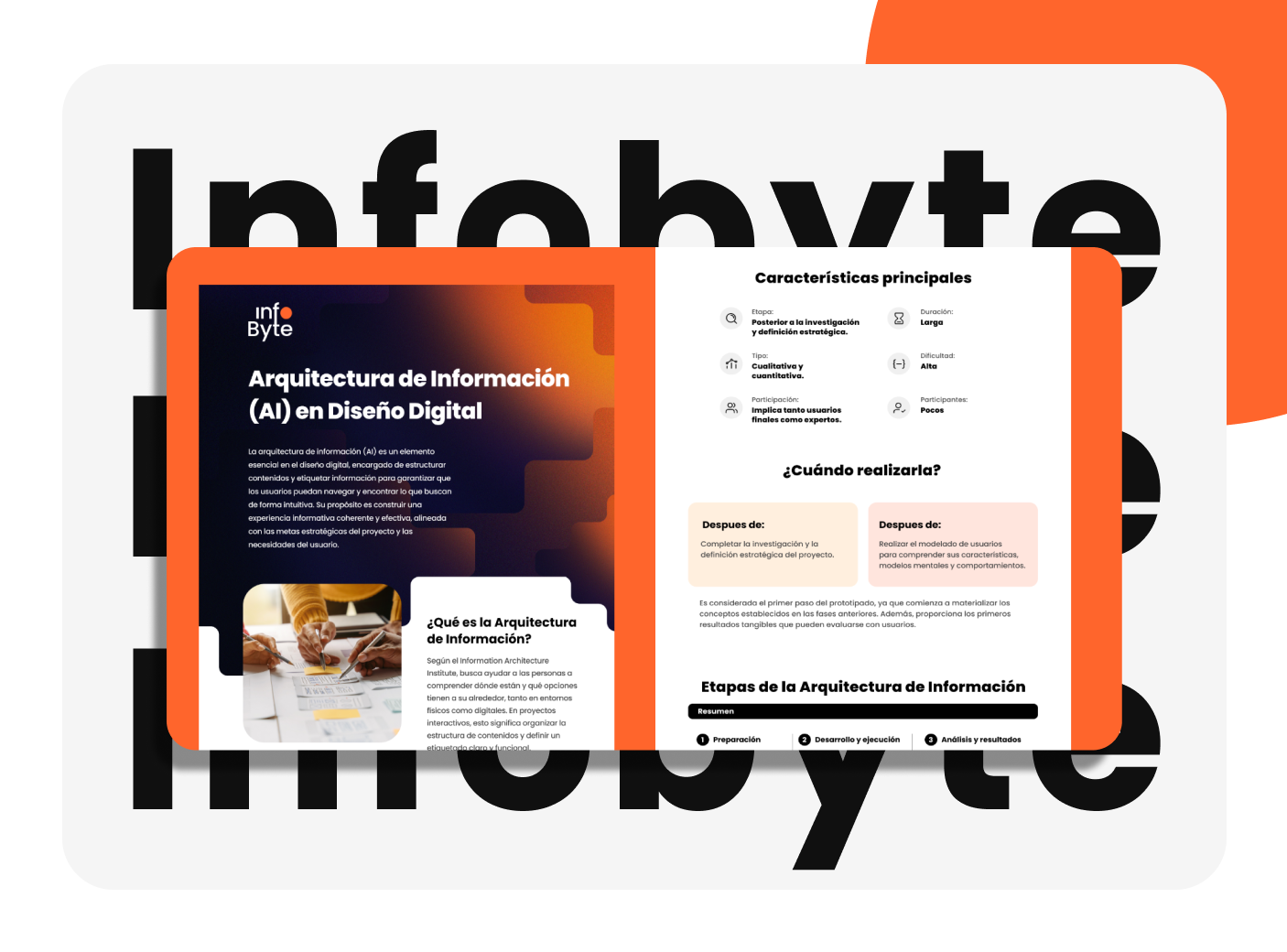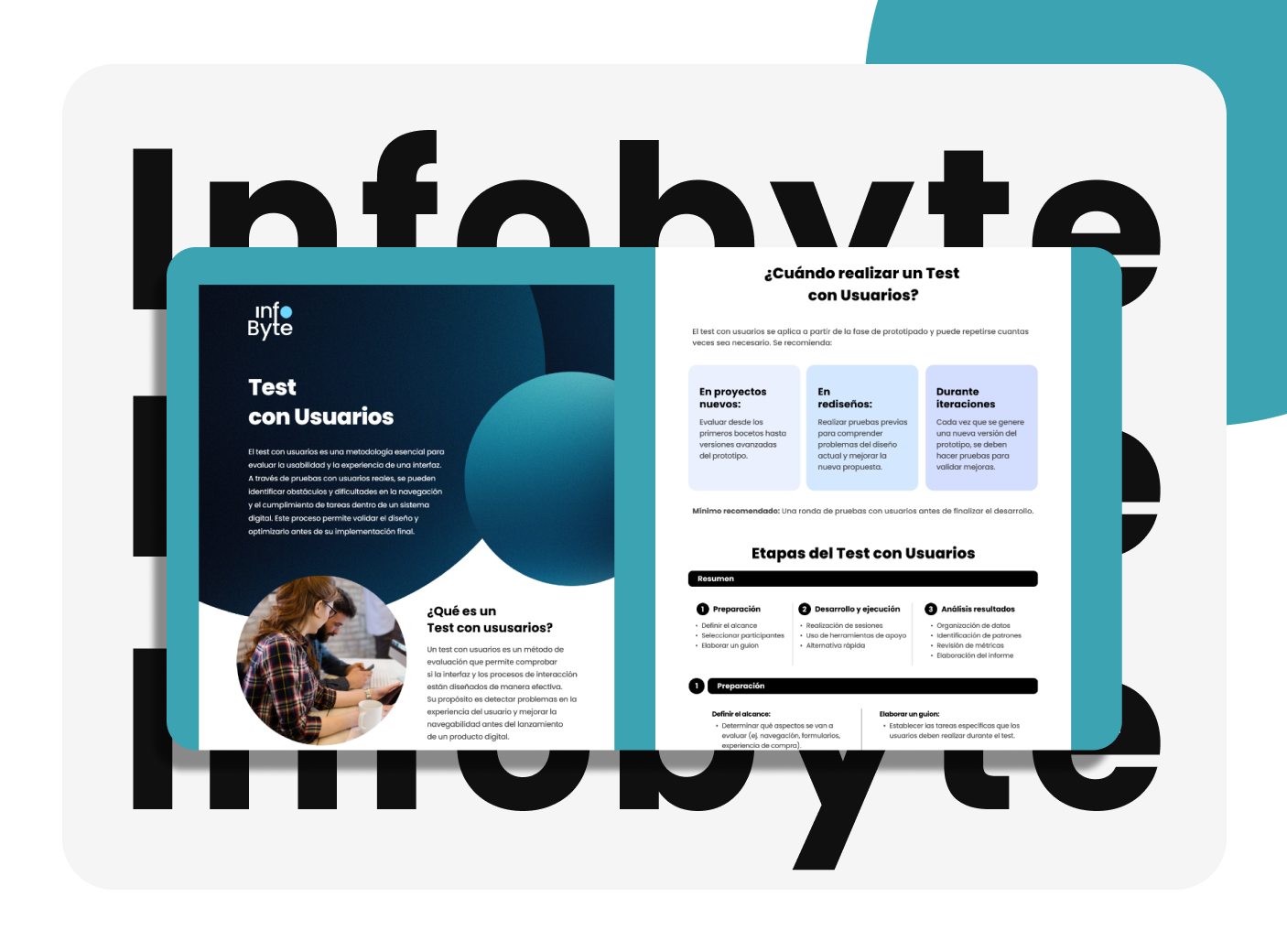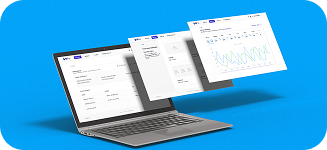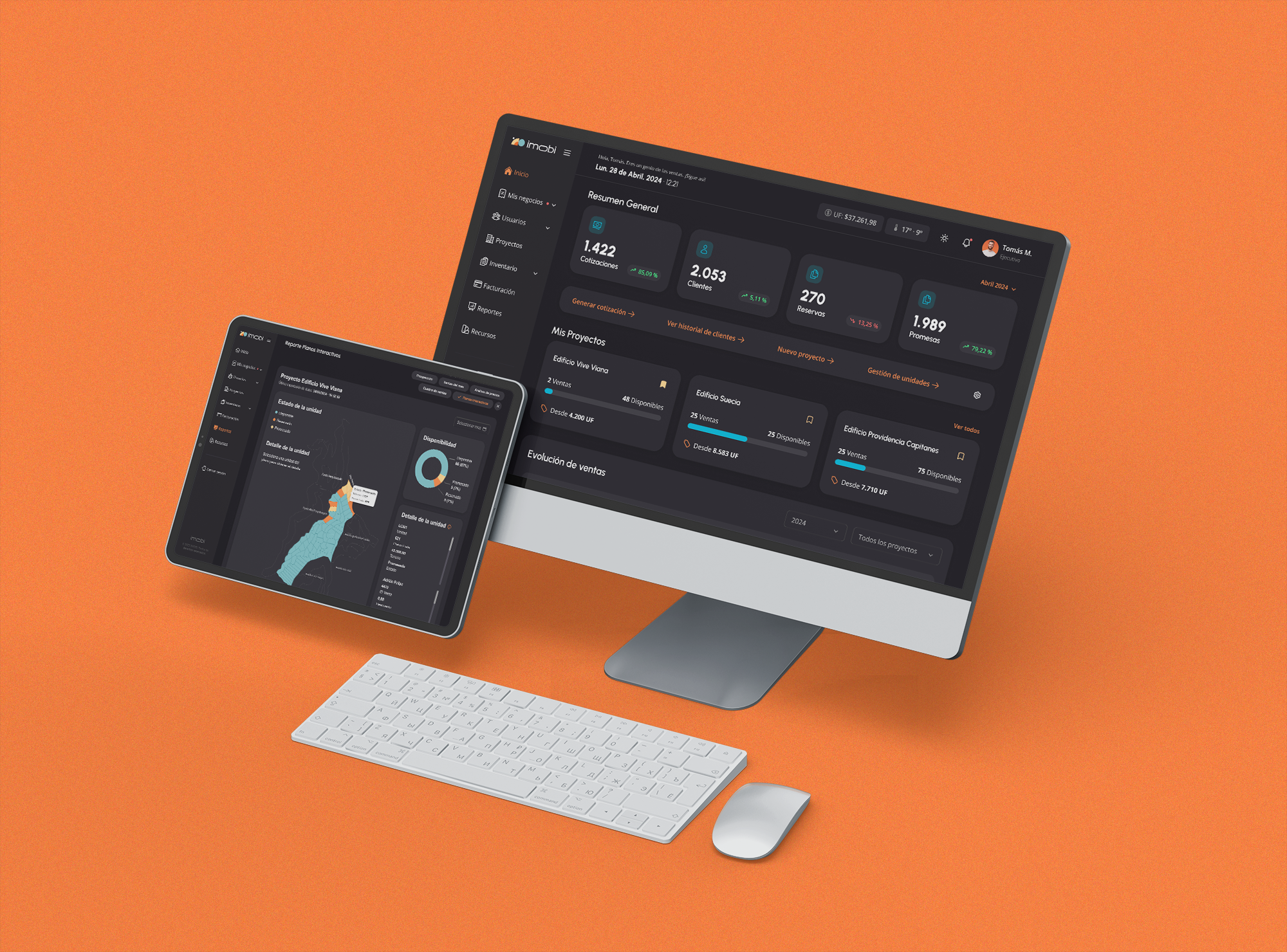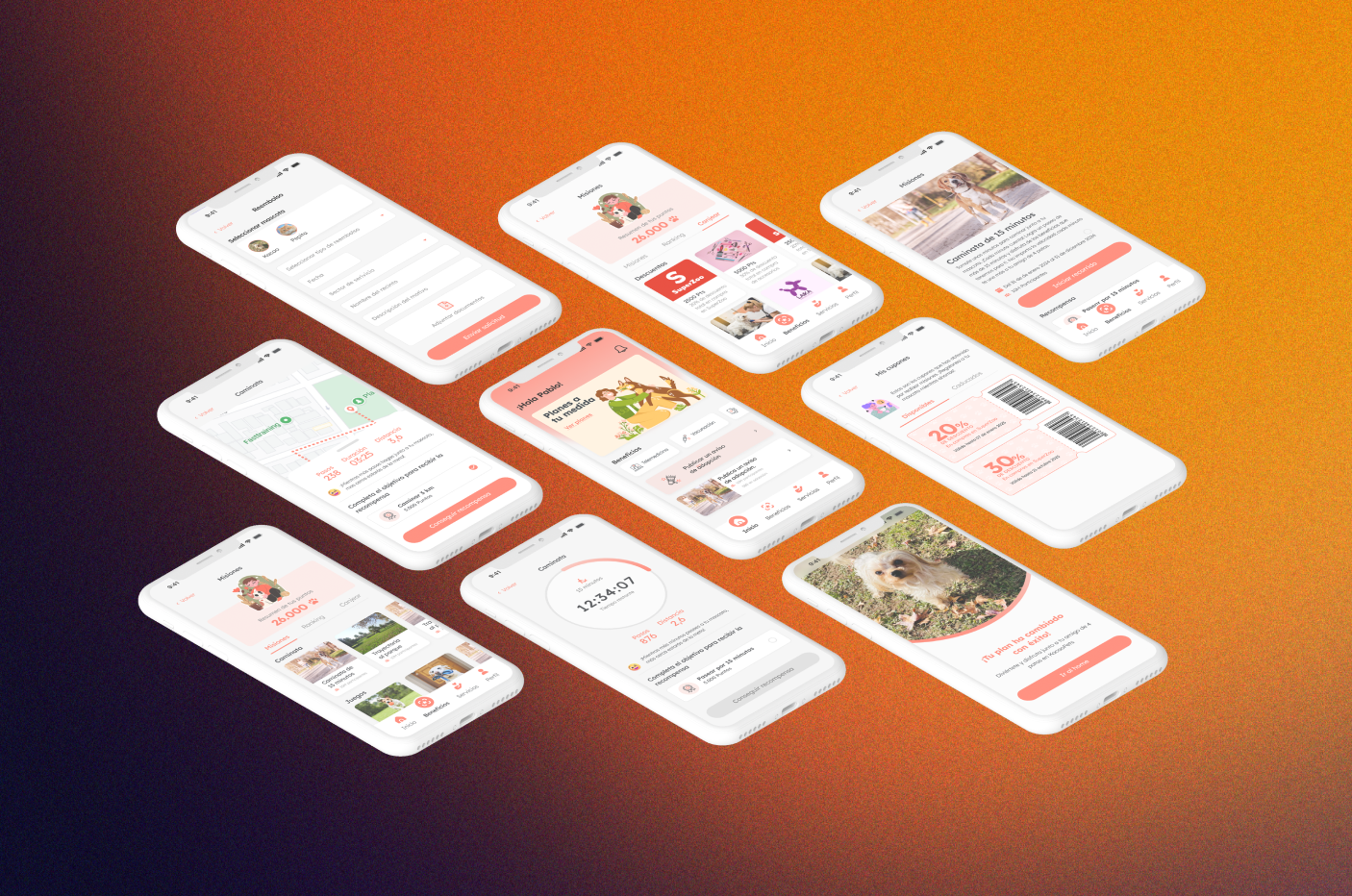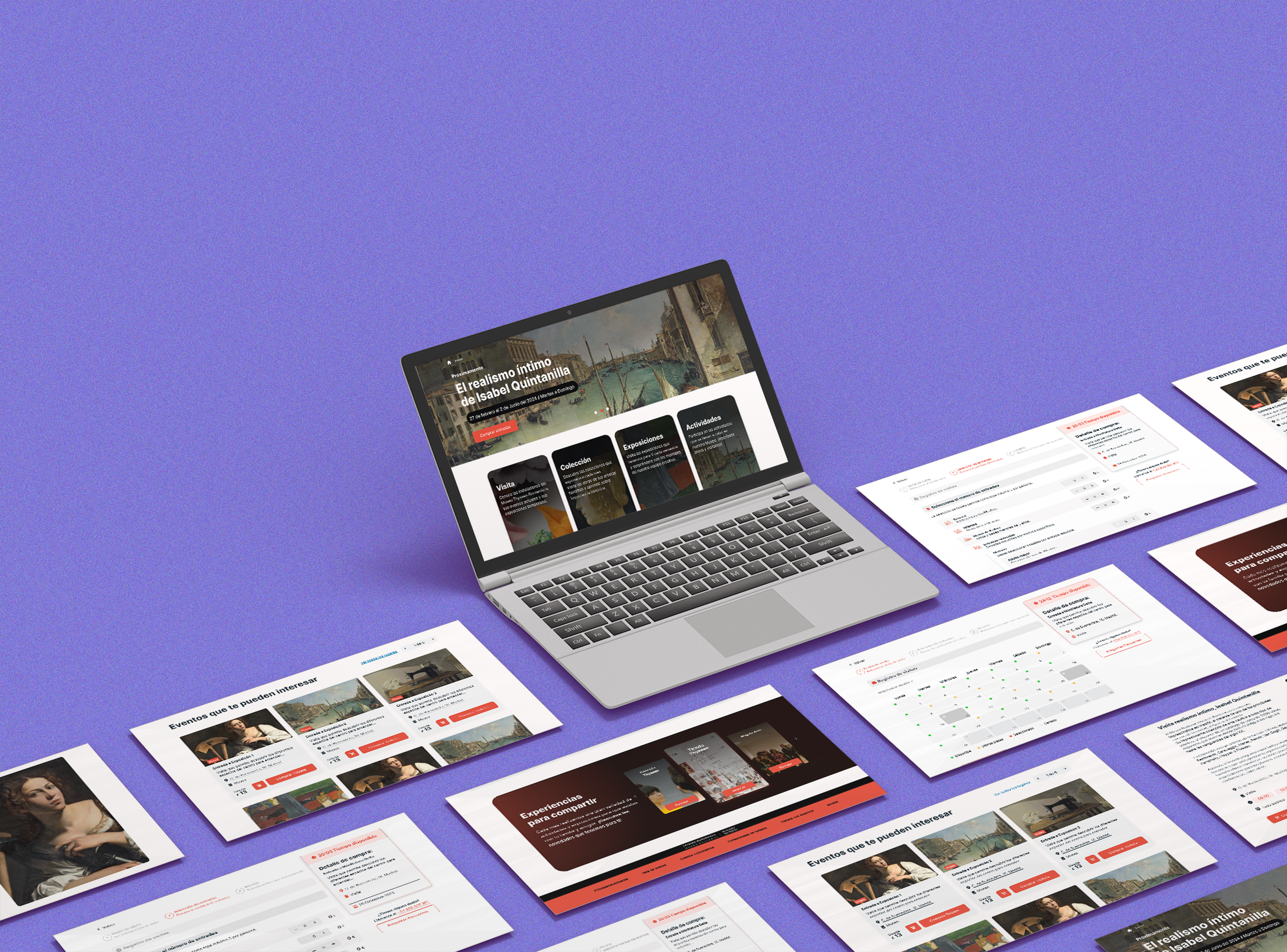Share this article
User research is one of the fundamental pillars of creating human-centered digital experiences. A solid approach to UX research enables designers and product teams to make informed decisions, understand the true needs of users, and enhance product usability. If you’re unsure where to begin, here’s a detailed process to conduct effective user research from scratch.

UX research helps teams make informed decisions, understand users’ real needs, and improve product usability.
1.-Define the research objectives
Before starting any research, it’s essential to have a clear understanding of what you want to achieve. Setting clear objectives will help you stay focused and structure the study efficiently. Strategies for defining objectives:
- Identify product issues: Are there areas where users drop off? Which features are not being utilized?
- Formulate clear research questions: For example, what motivates users to use feature X?
- Prioritize based on impact: Determine which information will be most useful for the design or product team.
Tip: Tools like Optimizely allow you to test hypotheses and validate design ideas before embarking on a full development process.
2. Choose the right research method.
There are various user research methods, and each offers different types of insights. The choice of method will depend on your objectives and available resources. Common methods:
- User interviews: Gather direct feedback and experiences from users.
- Usability testing: Evaluate how users interact with the product and identify navigation issues.
- Surveys: Gather quantitative data on users’ preferences and behaviors.
- Heatmaps and click analysis: Tools like Hotjar allow you to visualize the most interactive areas of the page.
Recommended resource: The Nielsen Norman Group’s guide on UX research methods is an excellent reference for choosing the most suitable approach.
3. Recruit the right participants.
Selecting the right participants is crucial to obtaining relevant data. It’s not about quantity, but quality. Guidelines for selecting participants:
- Define user profiles: Develop detailed profiles that include aspects such as age, profession, digital behavior, and motivations.
- Use recruitment platforms: Tools like UserTesting and Respondent make it easier to find qualified participants.
- Avoid biases: Make sure the participant group is diverse to avoid biased conclusions.
Tip: If you have a limited budget, consider using social media or online communities to recruit participants.
4. Design interview guides and questionnaires.
A well-structured interview guide or questionnaire is key to obtaining useful responses and keeping the conversation focused. Tips for designing effective questions:
- Avoid closed-ended questions: Instead of asking “Do you like this feature?”, opt for open-ended questions like: “What do you think of this feature? How would you use it?”
- Explore emotions: Ask users how they felt at key points during the usage process.
- Use probing questions: If the answer is brief, follow up with “Could you elaborate on that?” to get more details.
Consult: Check out interview guide examples on the Interaction Design Foundation for inspiration.
5. Conduct the research and analyze the results.
Once you have the participants and guides ready, it’s time to conduct the research. Take detailed notes and, if possible, record the sessions (with the participants’ consent) to review them later. Steps to analyze the data:
- Organize the findings: Group the responses into categories such as “problems encountered,” “motivations,” or “observed behaviors.”
- Look for patterns: Identify recurring themes and critical points that impact the user experience.
- Prioritize the findings: Based on the severity and impact of the issues, create an action plan to address the most critical areas.
Recommended tool: Platforms like Miro allow you to organize information visually and collaborate with other team members during the analysis.
Conclusion
Conducting effective user research is a process that requires time, planning, and a meticulous approach. However, the insights gained can make a significant difference in the usability and success of your digital product. By following these steps, you’ll be better prepared to understand the real needs of your users and create digital experiences that truly add value.






